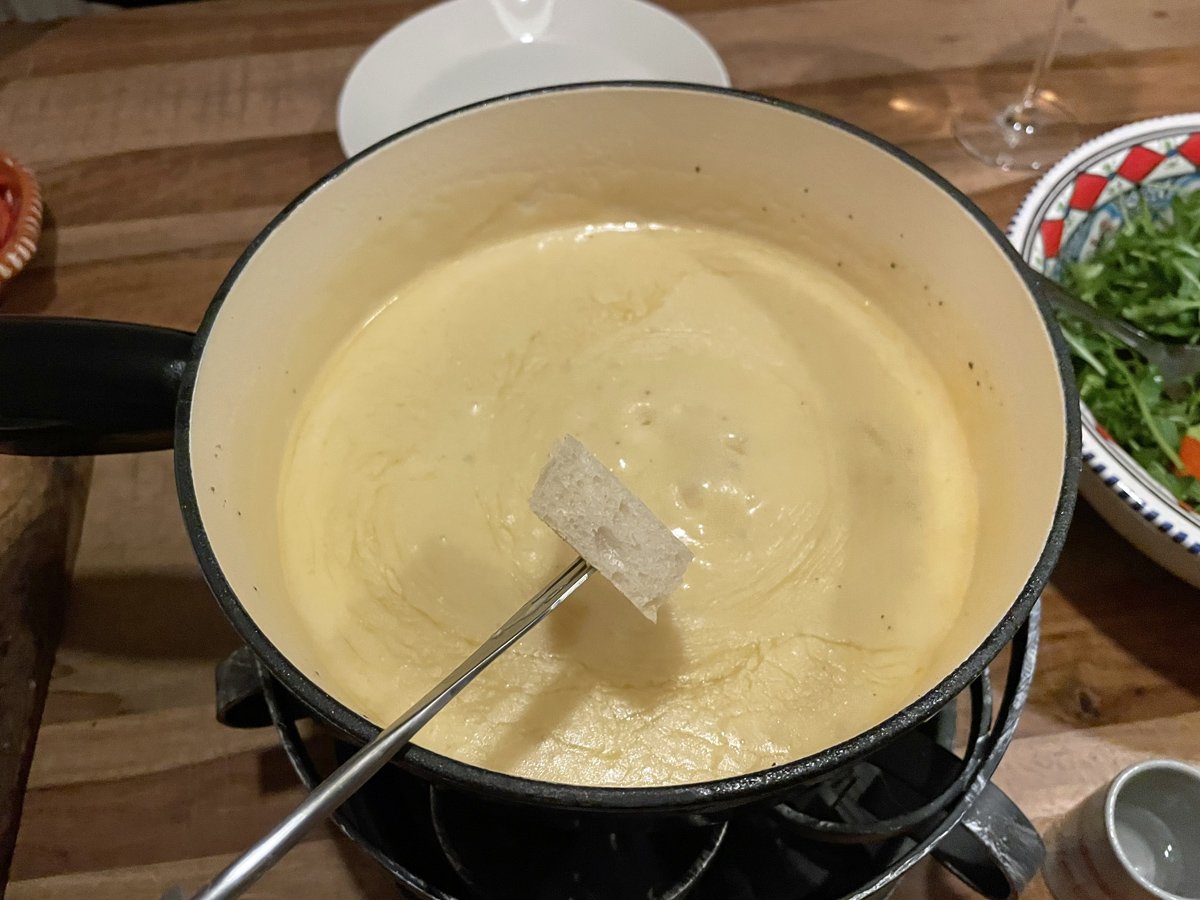What I cooked in December and January
I have collected far too many recipes to ever cook them all in my lifetime. From time to time, I will simply post new recipes that I’ve tried and enjoyed, without sharing the full recipe.
Sometimes I only need one celery stalk and end up with an entire bunch left over. That’s how I discovered a great way to use the rest: Iranian khoresht karafs. It is traditionally made with lamb, but using large butter beans instead of meat is just as delicious. The distinctive flavor comes from parsley and mint leaves slowly fried in olive oil until they turn a deep, dark green.
Vietnamese Nam Vang noodle soup, which actually has its origins in Phnom Penh. I kinda cracked the code to making very good noodle soups. It is difficult to make a perfect broth because you need time and many bones. The latter are difficult to buy. I cheat by making an average broth and adding a few table spoons of nam vang fried onion paste you can buy in a jar. I made my own Vietnamese pork meat balls and used quail eggs. Next time I will make fish balls to cut down on meat, but I will still make a pork bone stock.
Cabbage braised in miso butter. Many recipes to be found online.
Briam, the Greek slow roasted vegetables. I ate Briam on Naxos with no sense of smell, now I have to make it at home.
Lobia, Georgian bean stew. I made use of my blue fenugreek I bought in Georgia. The Georgian cucumber tomato salad is made with a dressing of oil, vinegar and walnuts.
Jiaxiang Tofu (家常豆腐), home style fried tofu with black bean sauce. I forgot to rinse the salt preserved black beans and it turned out to be salty. You’ll notice at 3 am when you wake up thirsty.
Urad dal. I bought the dal without the husk which limits the use. It just cooks to a pulp very quickly. I wanted to make Urad Dal Khichdi with Mustard Oil, but you do need the urad dal whole, otherwise the dal is already mush while the rice is not cooked.
Cooking oils to avoid in 2026 because they are too high in saturated fats: coconut oil (pretty tasteless anyway) and palm oil (mostly used in West African cuisine, I only bought this oil a few times). I learned that rapeseed oil is a very new oil for human consumption, it was introduced in the 1970s after low erucic acid canola was bred from rapeseed cultivars of B. napus and B. rapa at the University of Manitoba. I always thought rapeseed oil was ancient to northern Europe but for cooking, animal fat was mostly used or flax seed oil.
Quick pickles. I tried carrot (mixture of water and vinegar) and ate it the next day. At the moment I have a few jars of Georgian Pickled Red Cabbage Wedges in the fridge. They are not salt fermented but pickled in water, vinegar, salt and spiced with coriander seeds, black pepper, garlic and a few chilis.
Swedish Pickled Herring with Beetroot. More than one variation possible. I used crème fraîche, in hindsight sour cream would have been better. It would have been nice to have fresh horseradish. I did use a black radish, and the pickled herring was bought in a jar. Next up: Swedish Mustard Herring (Senapssill).
A can of Fried Dace and Salt Preserved Black Beans is a quick way to cook a meal. You can mix it with rice or – as I did – combine it with You Mai Cai (油麦菜) for a vegetable stir fry. Add garlic and the stems of the You Mai Cai in hot oil, after a few minutes add the leaves. Add the fish and beans (chopped up), a splash of Shaoxing wine (料酒/绍酒) and soy sauce. It takes less than 10 minutes.
































































































